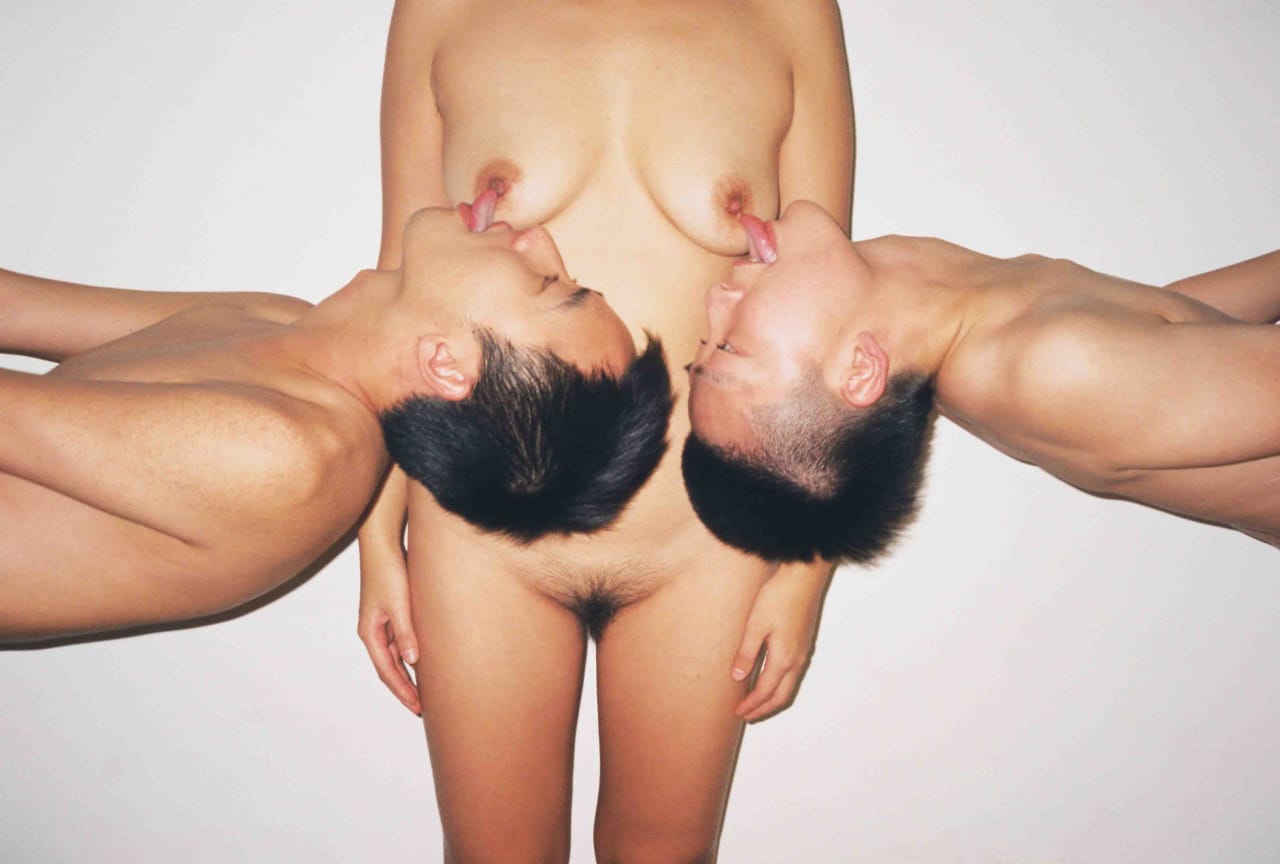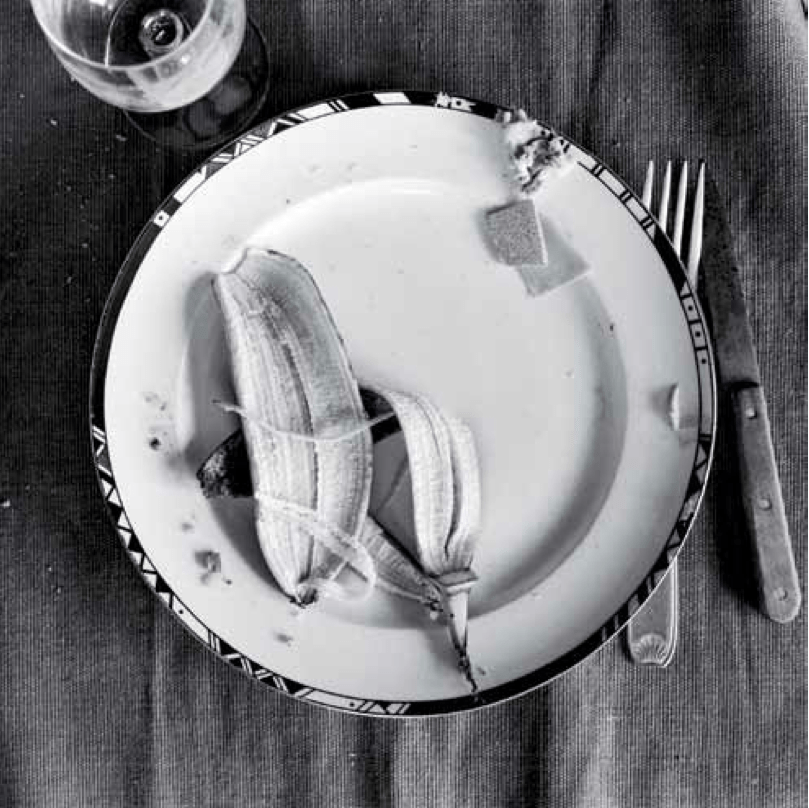
REN HANG, photographer and poet, his new title “The brightest light runs too fast”, is online on our website, https://editionsbessard.com/, the cover appears with heat, if you dont heat you do not see the photo rascal! Its a thermal process.

REN HANG, photographer and poet, his new title “The brightest light runs too fast”, is online on our website, https://editionsbessard.com/, the cover appears with heat, if you dont heat you do not see the photo rascal! Its a thermal process.
REN HANG, photographer and poet, his new title “The brightest light runs too fast”, is online on our website, https://editionsbessard.com/, the cover appears with heat, if you dont heat you do not see the photo rascal! Its a thermal process.
Hovering over leftovers
This is the word we use to refer to the waste of a meal : what’s left and what has to be collected. These « leftovers » are, etymologically speaking, what is left when the meal is over.
So, day after day, over and over, methodically, obsessively, Agne hovers around and picks up the clues of her culinary lifestyle : cherry stalks, nutshells, banana skins, the occasional thyme leaf surviving a stew, an ice cream wrapping or a cork from a bottle of wine.
This list could seem entomological, even a bit « police enquiry » style.
Especially as the look comes from above : it dominates the stage, as if it were a police detective’s look – or, more inquisitive, a satellite-spy look (or even an omniscient God the Father’s look).
And especially as the photographic protocol is totally uncompromising : it’s from a bird’s eye view, with a square format and a focused framing. The shadows are short, and the perspective is crushed by overhanging. Written in a quadrangle (the frame of the photo), a circle (plate) is driven by a horizontal line (toothpick…) and two small triangles (cheese rinds !) : one comes to think about these abstract paintings that we used to – quite rightly this time – classify into the category of « concrete art ». Indeed, nothing more concrete than this one abstraction : concrete just like what we crunch ! Agne’s photos talk to our belly, but they do touch our heart.
These leftovers are left but they’re not really over : all the same, all different… We can read daylight in them, the key of a mood, and the taste of the moment.
Giving away the daily proofs of her existence, Agne suggests we should test ourselves alive.
Jean Louis Roux

Des reliefs pas plats du tout
C’est le terme que l’on utilise, pour désigner les déchets d’un repas : ce qu’il reste et qu’il convient de ramasser. Les « reliefs » sont, étymologiquement, ce que l’on « relève » de la table. Avec cette application méthodique et obsessive qui est la sienne, Agne « relève » donc, jour après jour, les indices de ses mœurs culinaires : queues de cerises, coquilles de noix, peaux de bananes, parfois une feuille de thym rescapée du ragoût, un emballage de cornet de glace ou un bouchon de liège de bouteille de vin. Ce relevé pourrait sembler entomologique, voire policier. D’autant que le regard posé vient d’en haut : il domine la scène, comme celui, distancié, d’un enquêteur — ou celui, inquisiteur, d’un satellite-espion (ou celui, omniscient, de Dieu le Père). D’autant, aussi, que le protocole photographique se montre intransigeant : vue plongeante, format carré et cadrage centré. Les ombres sont courtes, et le surplomb écrase la perspective. Inscrit dans un quadrilatère (cadre de la photographie), un cercle (assiette) est animé par un trait horizontal (cure-dent…) et deux petits triangles (croûtes de fromage !) : on songe à ces peintures abstraites que l’on rangeait jadis, et à juste raison pour le coup, dans la catégorie de « l’art concret ». Rien de plus concret, en effet, que cette abstraction-là : ce qui nous passe sous la dent ! Les photographies d’Agne parlent à notre ventre, mais nous touchent au cœur. Ces reliefs n’en ont guère, du relief ; pourtant, ils ne sont jamais plats : tous pareils, mais tous différents… Nous y lisons la lumière du jour, la tonalité d’une humeur et le goût du moment. En nous livrant les preuves quotidiennes de son existence, Agne nous invite à nous éprouver vivants.
Jean-Louis Roux
The “Circle II” series is a narrative about emotions derived from the artist’s childhood experience. In this series, the sentiments are projected onto various different characters from traditional Korean folk tales based upon a simple dichotomy of good and evil with a clear-cut moral message that good always wins. Now, these character-roles are transformed into self-portraits of the artist herself, which brings out feelings that are drastically visualized. Four different strategies are used to map the artist’s subjectivity and memory of the fictional characters: first, a
direct but exaggerated empathy between the artist and a character. Second, an unnatural beatification of an evil character transformed as a psychological attempt in coping with the negativity itself. Third, an emphasis of extreme fear that amplified the latter’s vicious and immoral power. Last, a cynical figure of moral hypocrisy. During the creativity process, the artist transformed her memories into casual emotional vent,
which became a personal therapy point.
ASIAN WOMEN PHOTOGRAPHERS’ SHOWCASE 2014 SLIDESHOW ARTIST #1 JUNG S KIM “Circle II” Jung S Kim SAID: Iam so happy to be a part of Asian Women Photographers’ Showcase 2014 Slideshow. My Circle series will be screened tonight at The Whiteaways Arcade in Penang, Malaysia. I will be there with OBSCURA Festival of Photography in spirit.
Zine Collection # 18 “Rêves de Femmes” by the american photographer Renée Jacobs, a Zine to come in 2 weeks.
Zine Collection # 18 “Rêves de Femmes” by the american photographer Renée Jacobs, a Zine to come in 2 weeks.
Zine Collection # 18 “Rêves de Femmes” by the american photographer Renée Jacobs, a Zine to come in 2 weeks.
Zine Collection # 18 “Rêves de Femmes” by the american photographer Renée Jacobs, a Zine to come in 2 weeks.